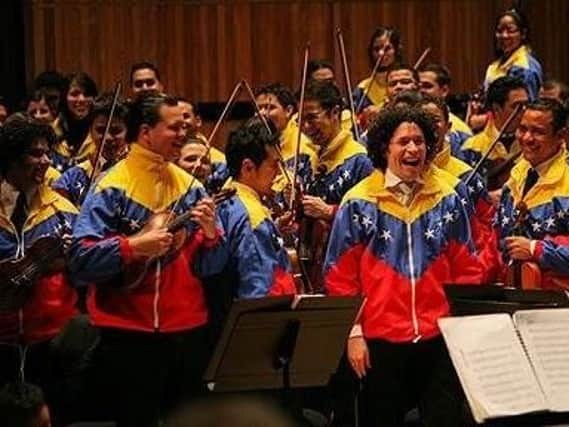Classical Chat: Music extends around the globe


What we think of as western art music has now reached every corner of the globe, helped by trade, commerce, technology and communications (and yes, probably war and empire into the bargain as well).
It isn’t just that audiences around the world now thrill to the sounds of Schubert and Strauss, Bach and Beethoven.
Advertisement
Hide AdAdvertisement
Hide AdComposers from a huge variety of nations have chosen to work in the Western-centred classical tradition, breathing new life and ideas into old forms and fusing things created in Europe with a dazzling range of other traditions, cultures and sounds.
Here are some pieces and musicians who best demonstrate classical music’s truly global reach:
Takemitsu – November Steps: Toru Takemitsu was eventually convinced to blend his interest in modern 20th century classical music with the deep-rooted traditional forms of Japan. This is one of his most successful creations bringing east and west together, with two Japanese instruments (the lute-like biwa and the bamboo shakuhachi flute engaging in dialogue with an orchestra.
Unsuk Chin - Šu: The Korean composer’s concerto for the sheng mouth organ and orchestra sets in motion great drifting, slowly-shifting sets of chords to evoke a strange atmosphere of mystery and vastness. Eventually this leads into a cavernous section of booming , ritualistic percussion and nervous scurrying from the orchestra.
Advertisement
Hide AdAdvertisement
Hide AdVilla-Lobos – Bachianas Brasilieras No.2: The most successful of the eight suites the composer wrote bringing his native Brazil and his love of Bach together, this contains some wonderfully spiky Baroque rhythms put through a filter of Latin percussion and the hugely-enjoyable Little Train of the Caipira, a depiction of a clattering ride on one of the country’s rural railways.
Revueltas – Sensemayá: Tone poems don’t come much more Latin American than this one, turning into music a Cuban poem based on an Afro-Caribbean chant to be performed while killing a snake. Building to a massive climax with obsessive rhythmic drive, it has long been a favourite of showier conductors and orchestras.
Sorabji – Djami: Sorabji lived his entire life in England as the son of an Indian father and British mother but his Parsi heritage was important to him.This nocturne for solo piano, based on Persian culture and a work by one of the great poets of that tradition, is one of the more accessible forays into Eastern culture he made at around 22 minutes. If that sounds daunting, his Tantrik symphony for solo piano, whose seven movements are inspired by aspects of Indian yoga and meditation, tips the balance at four and a half hours.